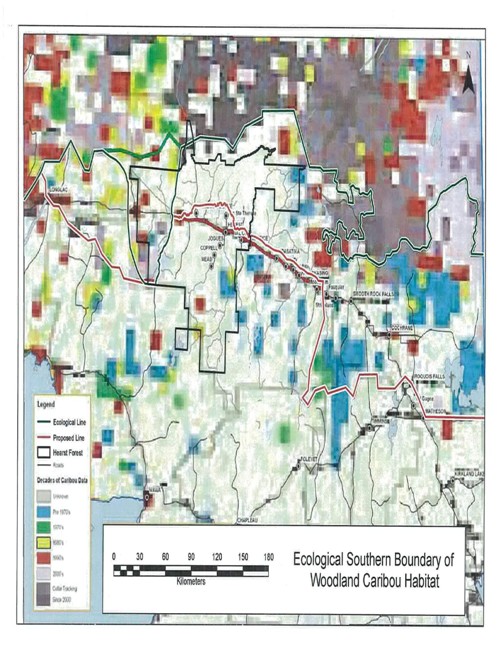Christina Blizzard is the Queen’s Park columnist for the Toronto Sun, the city’s daily tabloid newspaper. This column was originally published March 10, 2011. christina.blizzard@sunmedia.ca
Is the industry dead or is government a killer by implementing high hydro rates?
When it comes to electricity prices, New Democrats say Thunder Bay-Atikokan MPP Bill Mauro can’t see the forest for the trees. A sure sign that the Liberals are under pressure from the NDP in northern ridings is a spat that’s erupted over forestry.
Mauro, a Liberal, slammed the NDP in the Legislature on Monday, saying it’s wrong to blame high electricity prices for the demise of forestry in northern Ontario.
And he blamed the NDP’s campaign to lower industrial hydro rates for misleading northerners to believe that if rates were lower, jobs will come back. They’re deferring decisions to move to the oil patch or to go back to school, he said.

























